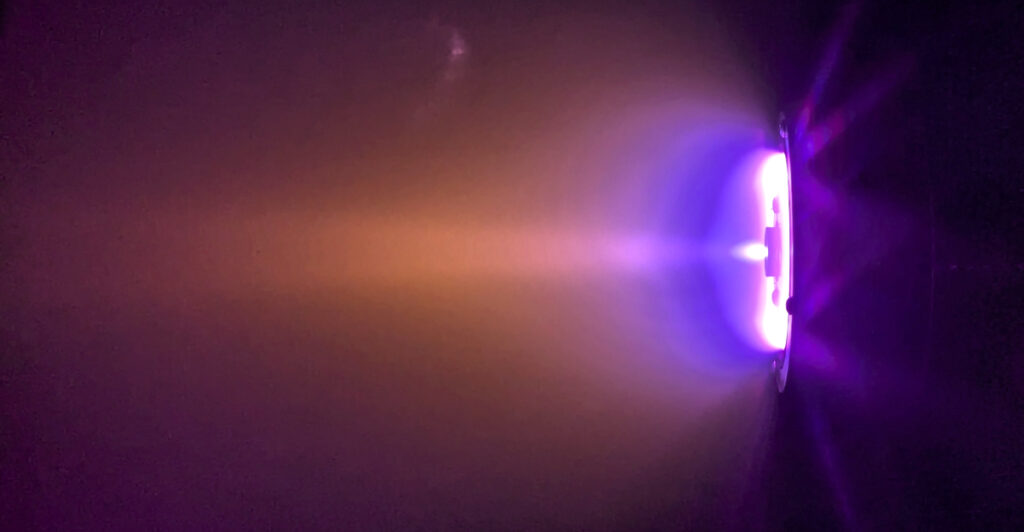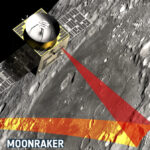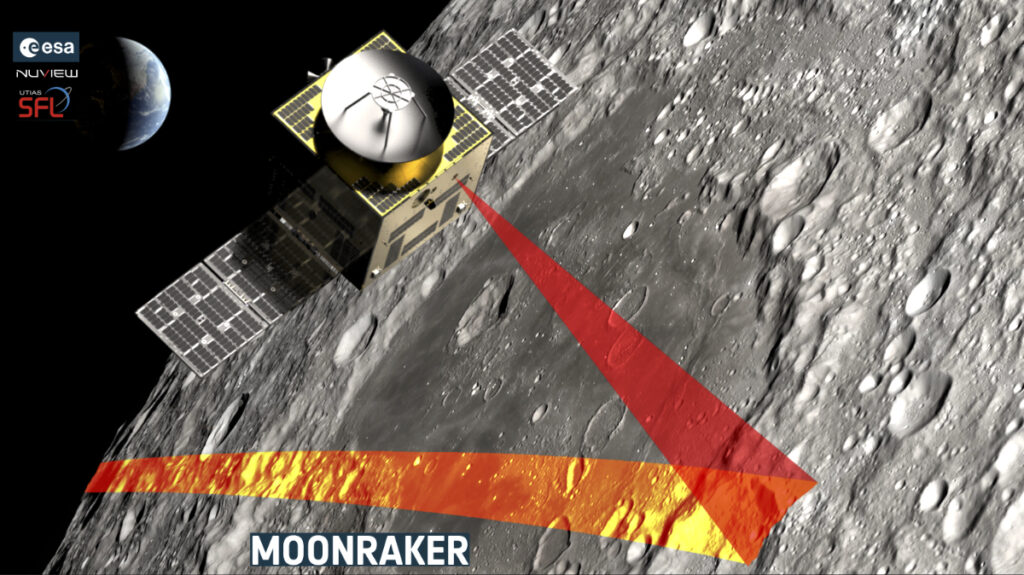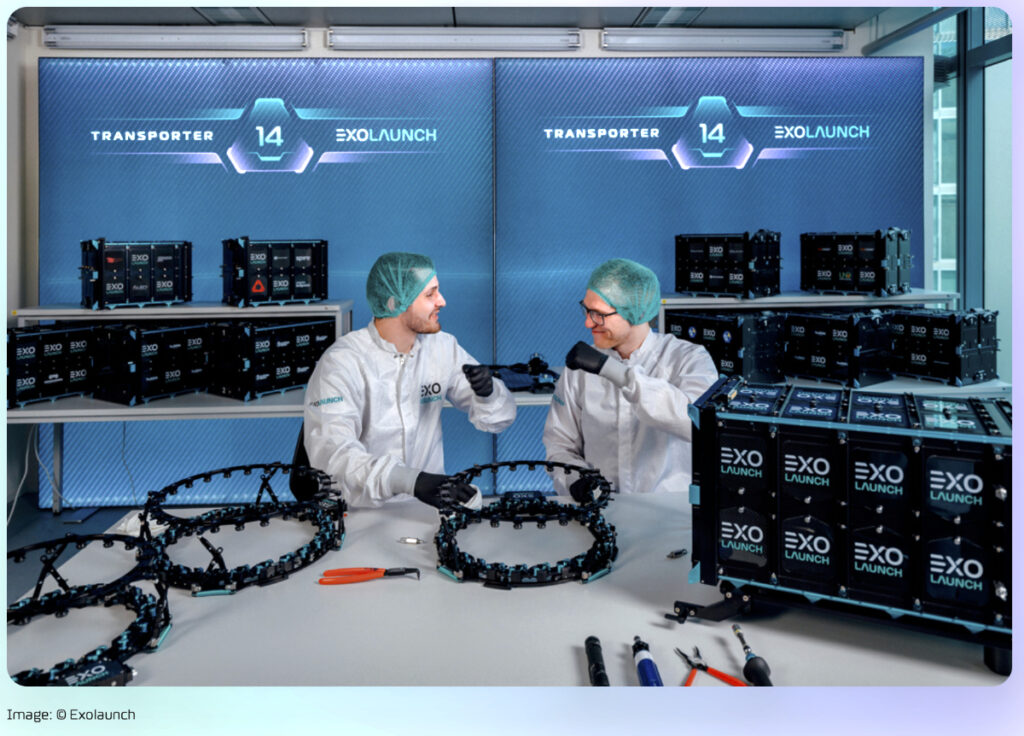
Exolaunch is set to deploy 45 customer satellites on the upcoming Transporter-14 rideshare mission with SpaceX aboard a Falcon 9 rocket. This mission highlights Exolaunch’s role as a trusted partner for rideshare launches and represents unparalleled expertise and flight heritage
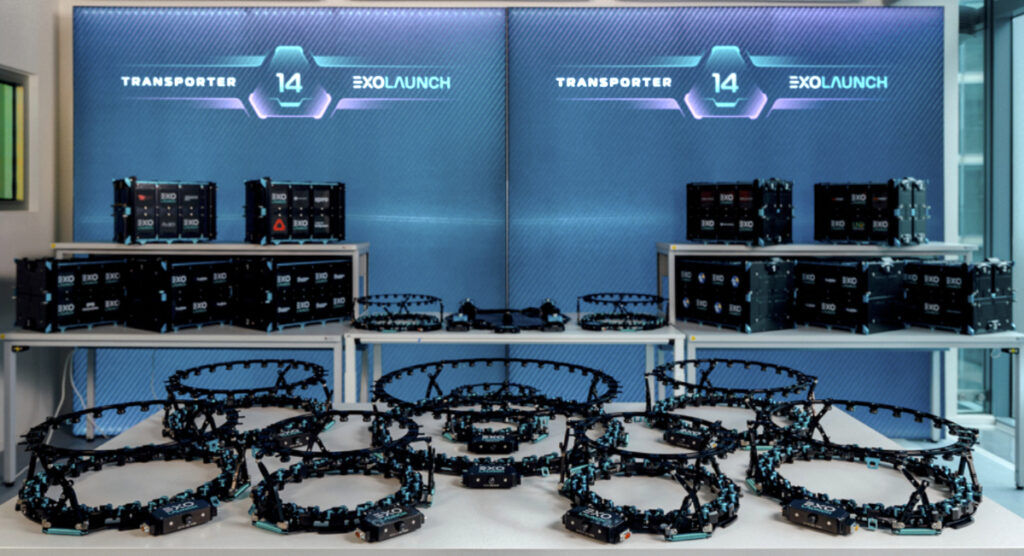
The Transporter-14 mission represents a major milestone for Exolaunch as its largest mission to date, building on the company’s track record of providing reliable and precise access to orbit for customers worldwide. Exolaunch’s teams of experts will manage the deployment of numerous microsatellites, up to 250 kilograms, and CubeSats, up to 16U in size, supporting 25 new and returning customers from the USA, UK, Lithuania, Finland, Belgium, Germany, Australia, Canada, South Korea, France, Japan, Spain, Norway, Italy, and Greece.
On this mission, Exolaunch will use its flight-proven deployment systems, including:
- CarboNIX microsatellite separation rings in 8″, 11″, 15″, and 24″ sizes
- EXOpod Nova advanced CubeSat deployers, supporting higher-mass and larger volume satellites with exceptional reliability
- Quadro four-point separation systems, offering synchronized release and ultra-low tip-off rates for precision microsatellite deployments
Exolaunch’s EXOpod Nova deployers have now supported more than 100 delivered units and hundreds of successful CubeSat deployments, reinforcing Nova’s reputation as a trusted next-generation deployer for CubeSat mission.
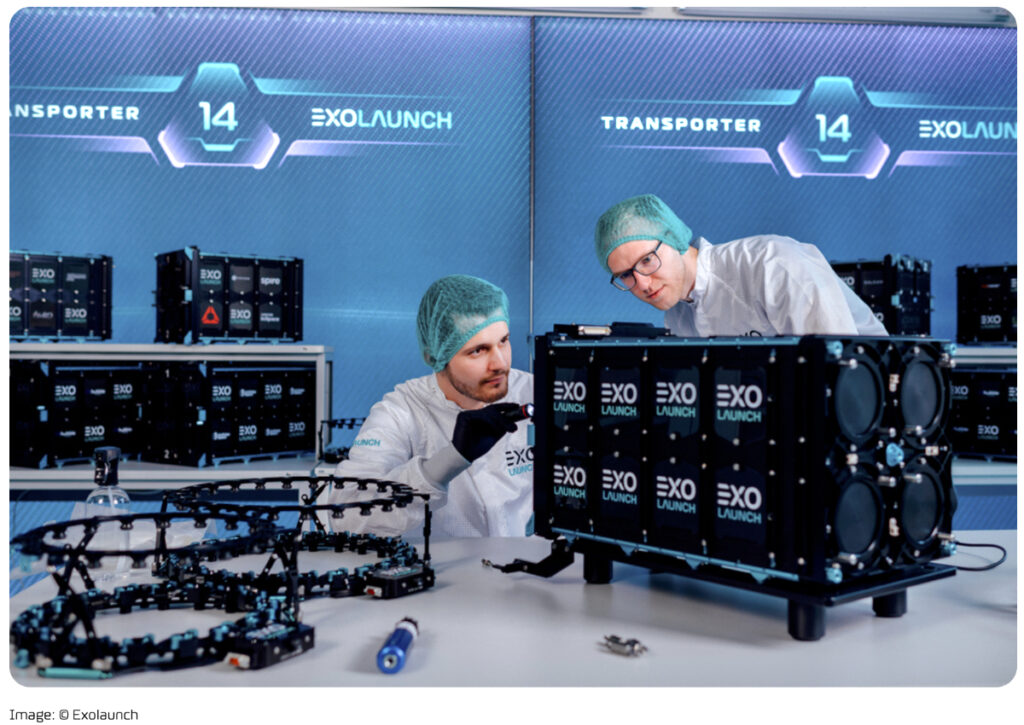
Exolaunch continues to be the only launch integrator to have manifested satellites on every Transporter mission since the program’s inception in 2020. With Transporter-14, Exolaunch will celebrate its 37th mission overall, having deployed over 530 satellites across 36 previous missions on different global launch vehicles.
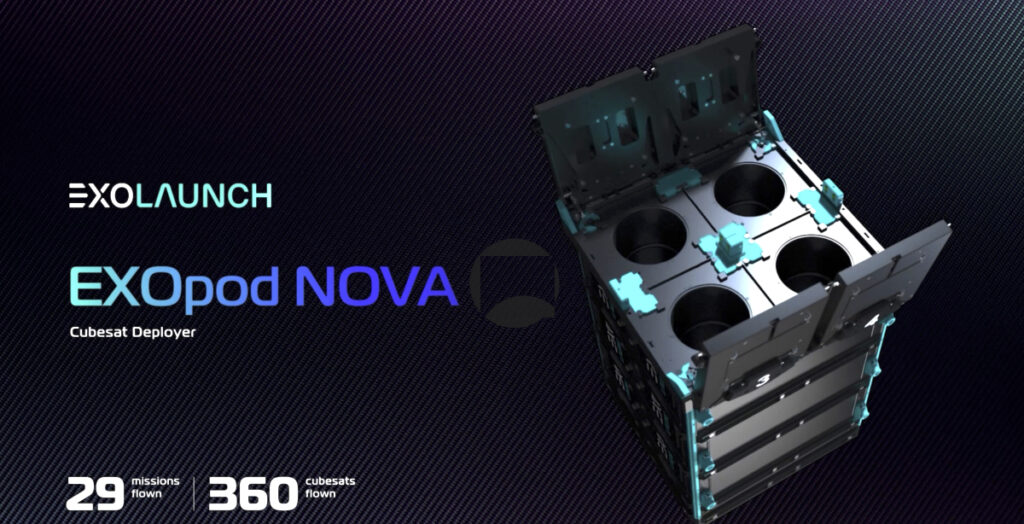
As part of the company’s comprehensive service offering, Exolaunch has managed global logistics, satellite integration, deployment, and testing for its customers aboard the Transporter-14 mission—a turnkey solution trusted by the world’s most ambitious space programs.
Transporter-14 marks a historic achievement for Exolaunch and our customers,” said Robert Sproles, Chief Executive Officer at Exolaunch. “Our flight heritage, reliability, and hardware performance continue to set the standard in the rideshare industry. We are grateful to our customers for their trust and to SpaceX for being an outstanding partner as we continue to open space for all.”
This milestone reflects not just the growth of Exolaunch, but also the expanding demand for global access to space,” said Jeanne Allarie, Chief Commercial and Marketing Officer at Exolaunch. “Our unmatched success across these missions and the growing adoption of our Nova, CarboNIX, Quadro and Neo systems highlight the strength of our technology and services. We deeply appreciate our customers’ and SpaceX’s ongoing confidence in our team.”
Filed Under: Booster, Booster Recovery, Cubesats, Droneship, Droneship Landings, Exolaunch, Falcon 9, LEO Payloads, Low Earth Orbit (LEO), Microsat, Microsatellites, Mission Payloads, Rideshare, Rideshare Mission, Smallsat Launch Vehicles, Space Vehicles, SpaceX, SpaceX Rideshare, Transporter-14, Vandenberg SFB

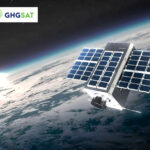
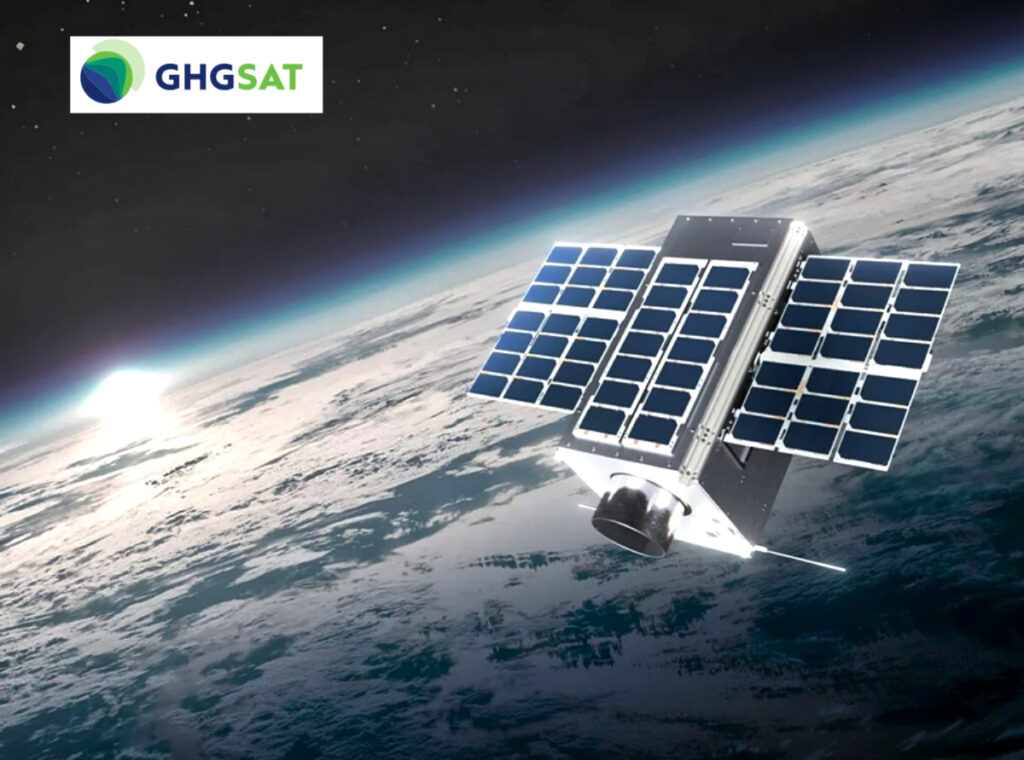
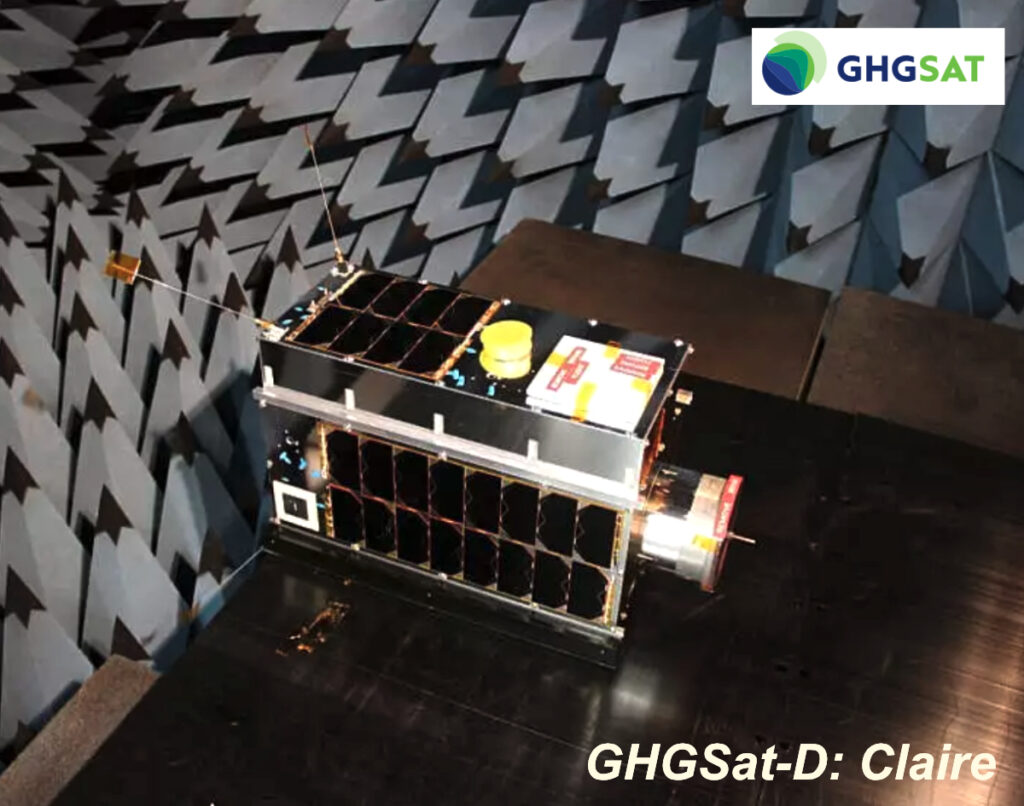



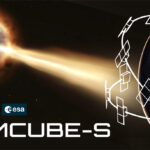
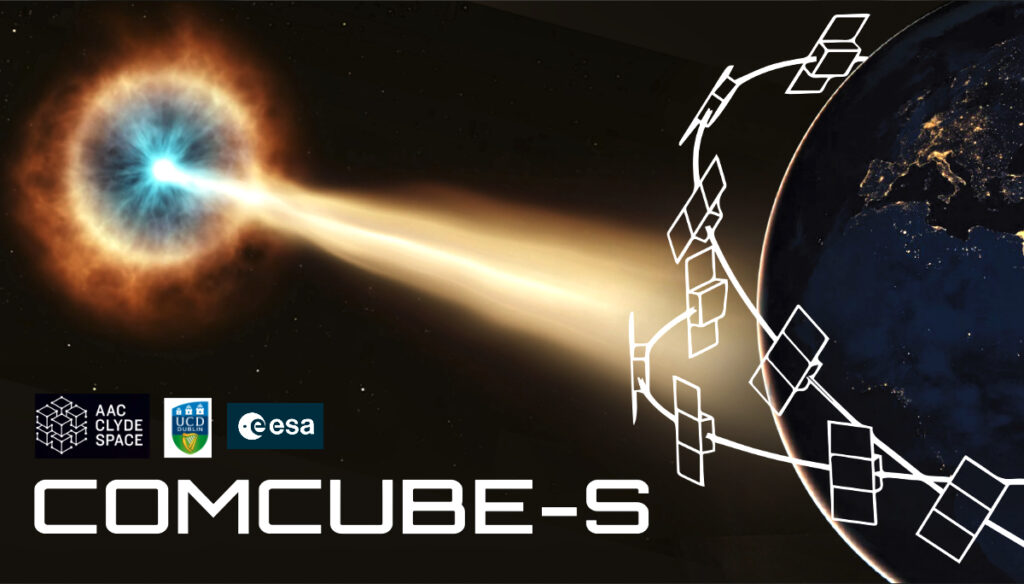
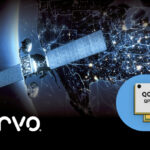
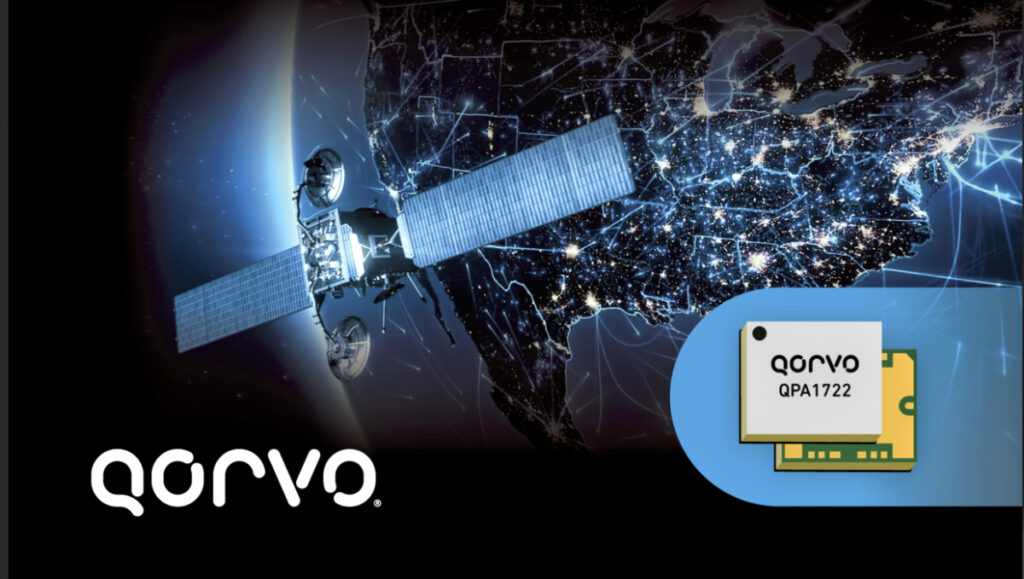


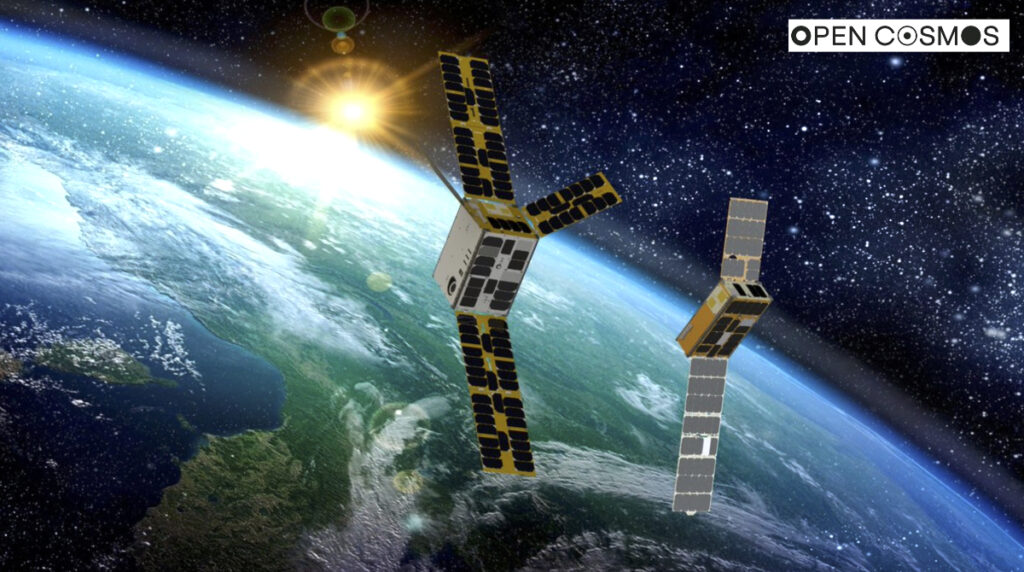

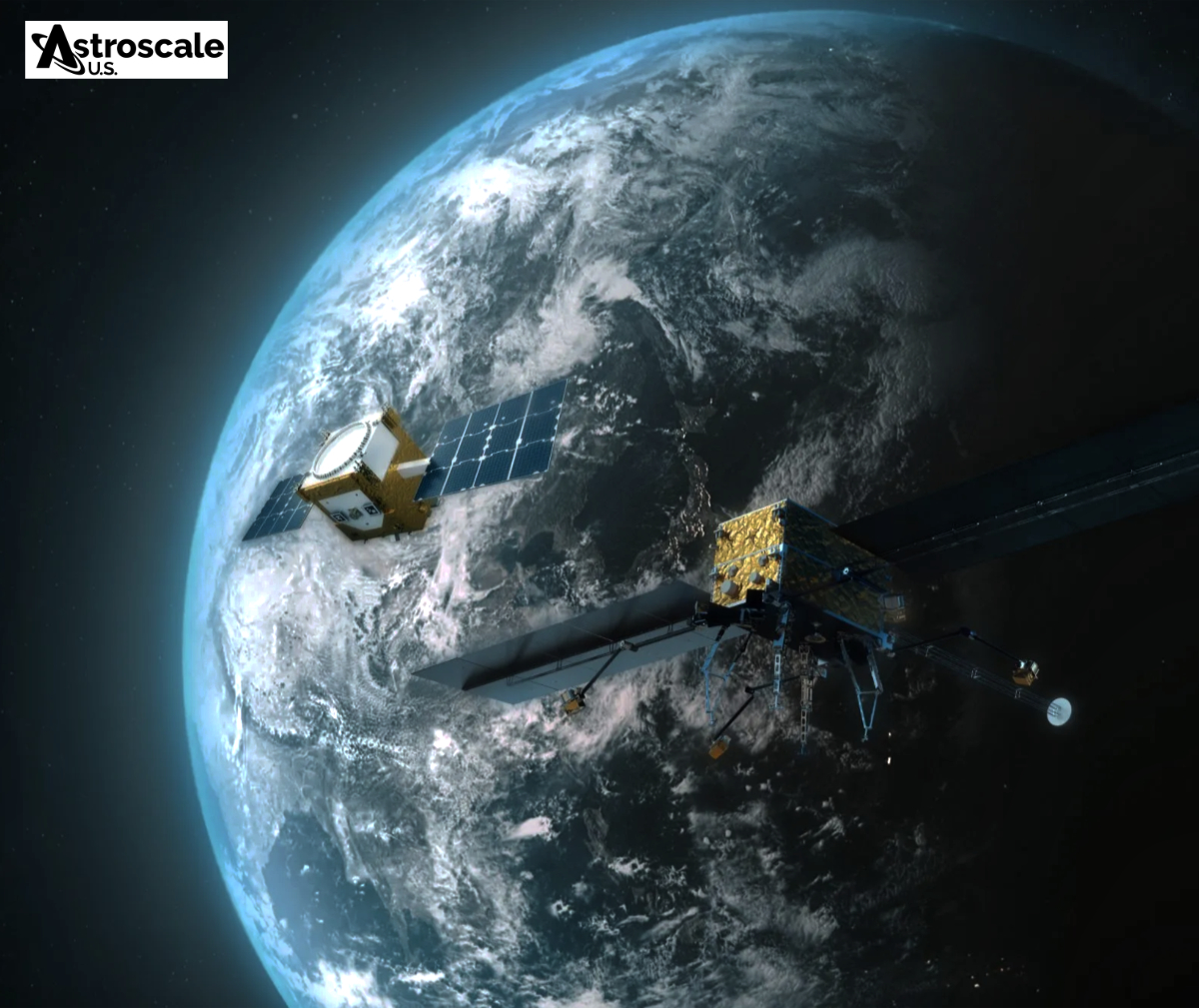
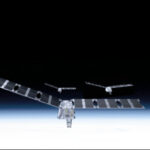

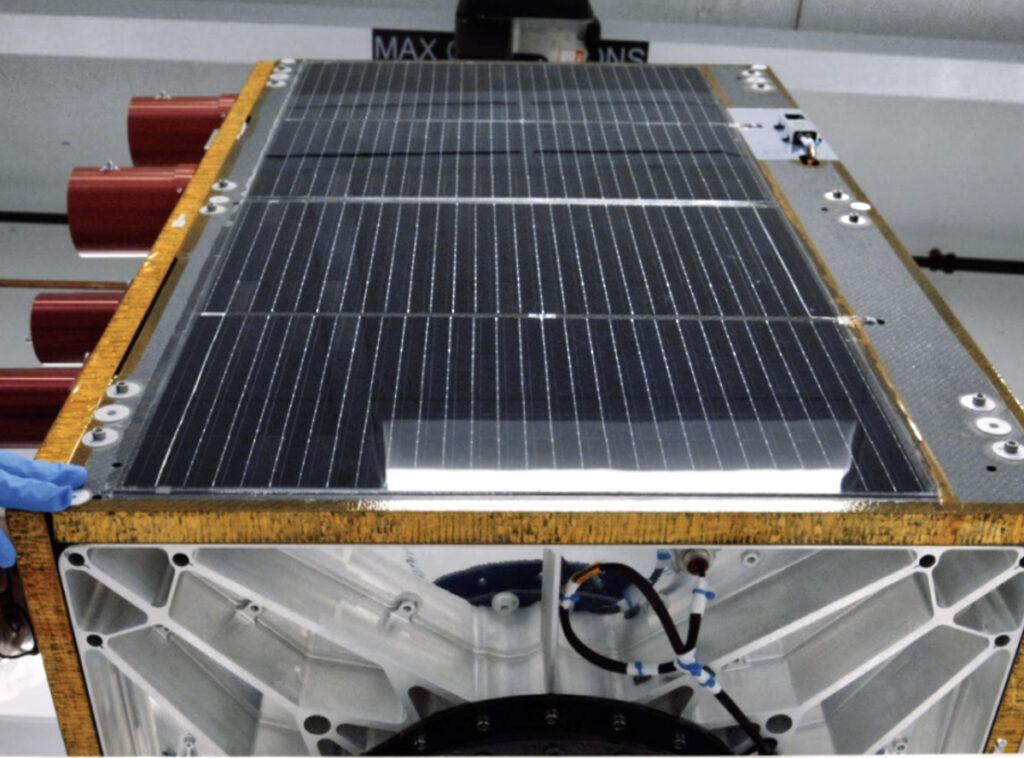

 platform by bringing in-house propulsion capabilities into its end-to-end satellite technology stack.
platform by bringing in-house propulsion capabilities into its end-to-end satellite technology stack.